Duo Seraphim Clamabant
-
Ships in 2 to 3 weeks
Details
Description
SKU: AN.AMP-0583
Composed by Tomas Luis de Victoria. Edited by Susan McMane. Octavo. Alliance Music Publications #AMP 0583. Published by Alliance Music Publications (AN.AMP-0583).Victoria/McMane.
Tomas Luis de Victoria (1548 - 1611) is considered one of the greatest Spanish composers of the Renaissance. He was born in Avila where he sang as a choirboy at the cathedral. A promising young musician, the young seventeen year old Tomas was sent to Rome to study at the Jesuit Collegium Germanicum. While in Rome, Victoria came into contact with Palestrina who was maestro di cappella at the nearby Seminario Romano. Victoria was ordained a priest in 1575 and wrote only sacred music on Latin texts for the Catholic church. In 1587, Victoria returned to Spain, accepting an offer by Philip II to become chaplain to the king's sister, Empress Maria, who lived at a convent in Madrid. Victoria remained there until his death in 1611.
Duo Seraphim clamabantwas composed in 1583 for the young choirboys at S. Girolamo della Carita. Like many of Victoria's compositions, it contains a heartfelt, personal expression, perfectly wed to the text. The four treble voices represent angels joyfully singing praises to God. Victoria employs imitation, with each voice stating the text in succession. Interesting examples of text painting occur throughout the motet. For example, at the beginning of the work, the text refers to duo seraphimor two angelsand Victoria employs only two vocal lines. Also, when the second section commences with the words Tres suntor Three arethe composer drops the lowest alto voice and has only three voices sing. At plena est(translated full is) a fuller texture in a higher tessitura is utilized to depict the entire company of angels singing.
TRANSLATION
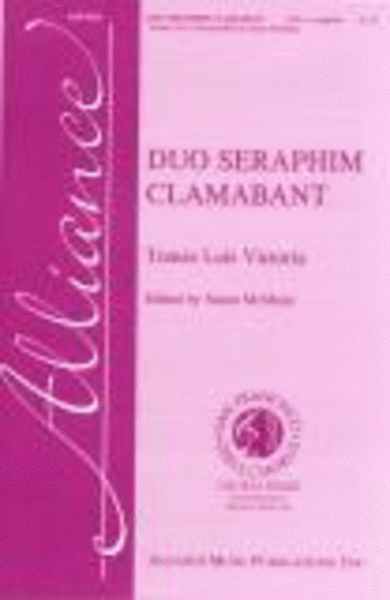
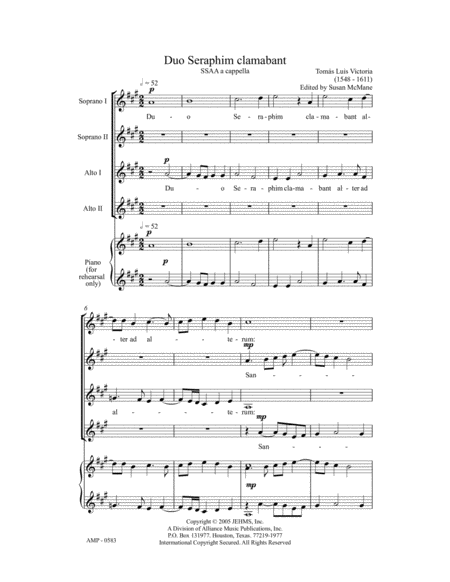
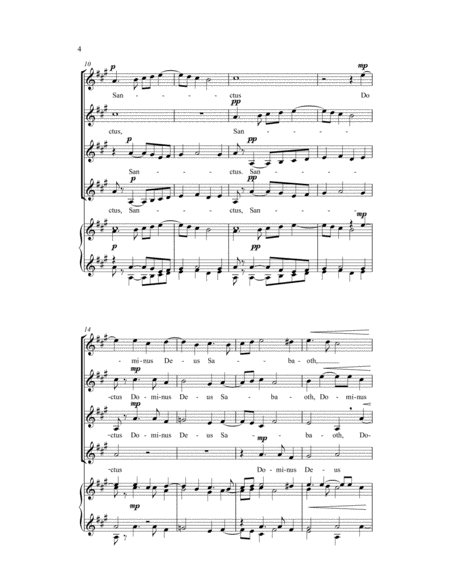
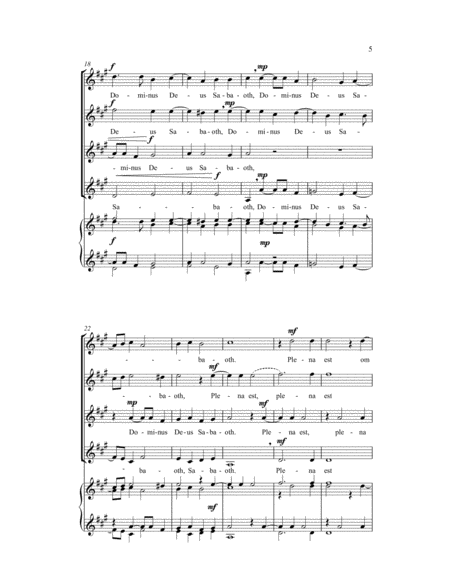
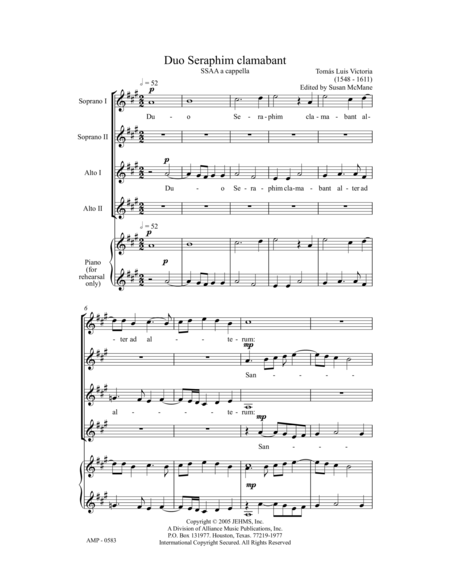
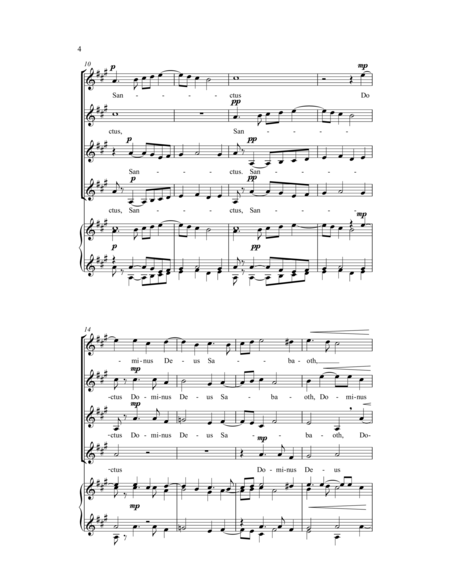
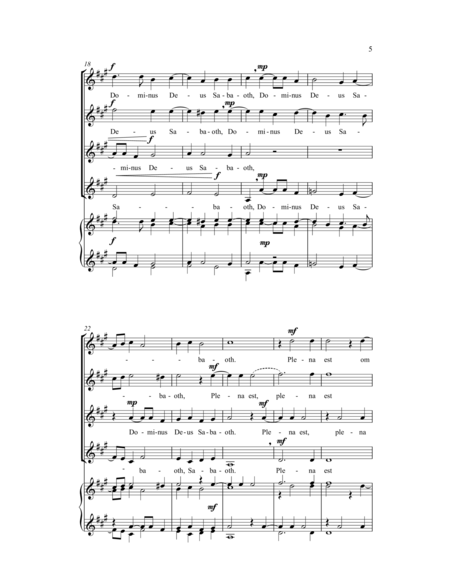
 Share
Share